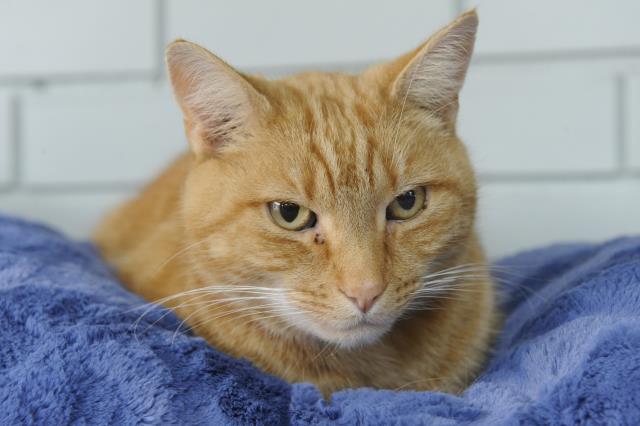Cat owners are clawing back against a proposed plan to confine cats to their owners’ properties 24-7 in Greater Dandenong.
The council’s public online survey on the ‘cat curfew’ recently closed, with no formal decision yet made.
However, the council has stated the curfew could possibly start as early as June.
During public question time at a recent council meeting, an opposing resident ‘Alex’ said studies showed cat curfews were “ineffective”.
Alex cited a Australian Pet Welfare Foundation paper, which stated cat nuisance complaints and impoundments steeply increased in Casey and Yarra Ranges council areas after 24/7 mandated curfews.
“Mandated 24/7 cat containment is not an effective strategy to reduce wandering cats because most wandering cats are strays with no owner to contain them,” the paper stated.
Also objecting is the Knox AdvoCats group, which told Star News that “mandatory cat containment … kills more wildlife, kittens, and divides community”.
“Community Cat Programs are proven worldwide to save wildlife, cats, and shelter-workers lives at one-sixth of the cost of cat curfews’ trapping and killing.”
Greater Dandenong’s curfew was proposed in response to the council’s “overpopulation” of feral and stray cats creating a nuisance and slaying wildlife, with 700 felines impounded by the council each year.
The council states it is picking up the costs of caring for the unclaimed 93 per cent of impounds, equating to about $216,000 a year.
It has stated its dismal 15 per cent cat registration rate was a barrier to the cat curfew being effective.
As of January 2021, there were about 3500 registered cats – meaning there were a further 20,000 estimated as unregistered.
In response to Alex, Greater Dandenong city amenity director Jody Bosman said the council was “well aware one tool or approach alone” would have little influence on cat overpopulation.
“Council views the cat curfew as one of many tools to combat the larger issue of cat overpopulation and recognises the absolute requirement to increase the number of registered animals as the No.1 initiative of its plan.”
Its priorities were “education, community ownership of the issue, financial incentives including de-sexing and re-registration, stronger laws”
“And amongst those stronger laws we are talking about the cat curfew.”
An RSPCA 2018 report was in favour of 24-hour containment, rather than night-time curfews, so to significantly reduce wildlife predation, breeding of unwanted cats and cat nuisance.
However, it stated enforcement could be difficult. More data was also needed on the impacts on wildlife predation, welfare of confined cats and the risks with cat trapping.
It recommended mandatory desexing and identification as well as community education programs.
RSPCA Victoria animal care manager Nadia Peiris said it welcomed any initiative to reduce owned domestic cats roaming outdoors regardless of the time of day.
As “natural hunters”, cats had an “outsized” impact on local, native wildlife, Ms Peiris said.
“If owners provide the resources a cat needs for a healthy and happy life, it is possible to train an outdoor cat to enjoy the indoor lifestyle.
“We know keeping cats indoors benefits the animal in the long run.
“Not only is an indoor cat protected from contracting diseases and parasites from other cats that roam outdoors, but it’s also less likely to be involved in a serious accident.”
“Owners can help their pets adjust by playing with their cat and creating a bond based on playtime.”
RSPCA provides online information for owners to keep cats safely indoors.







